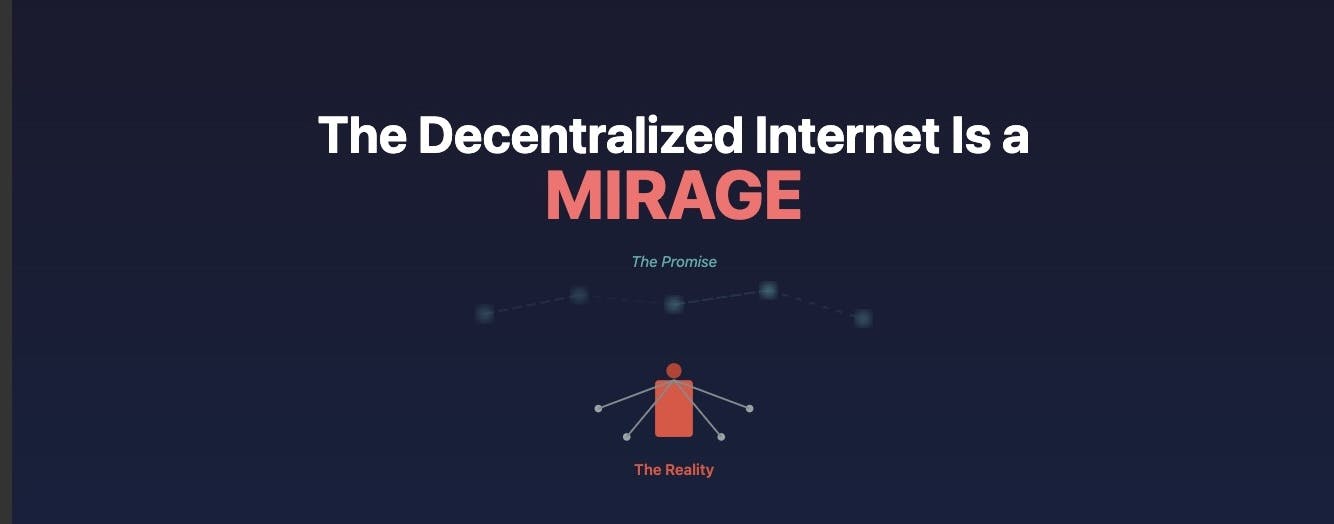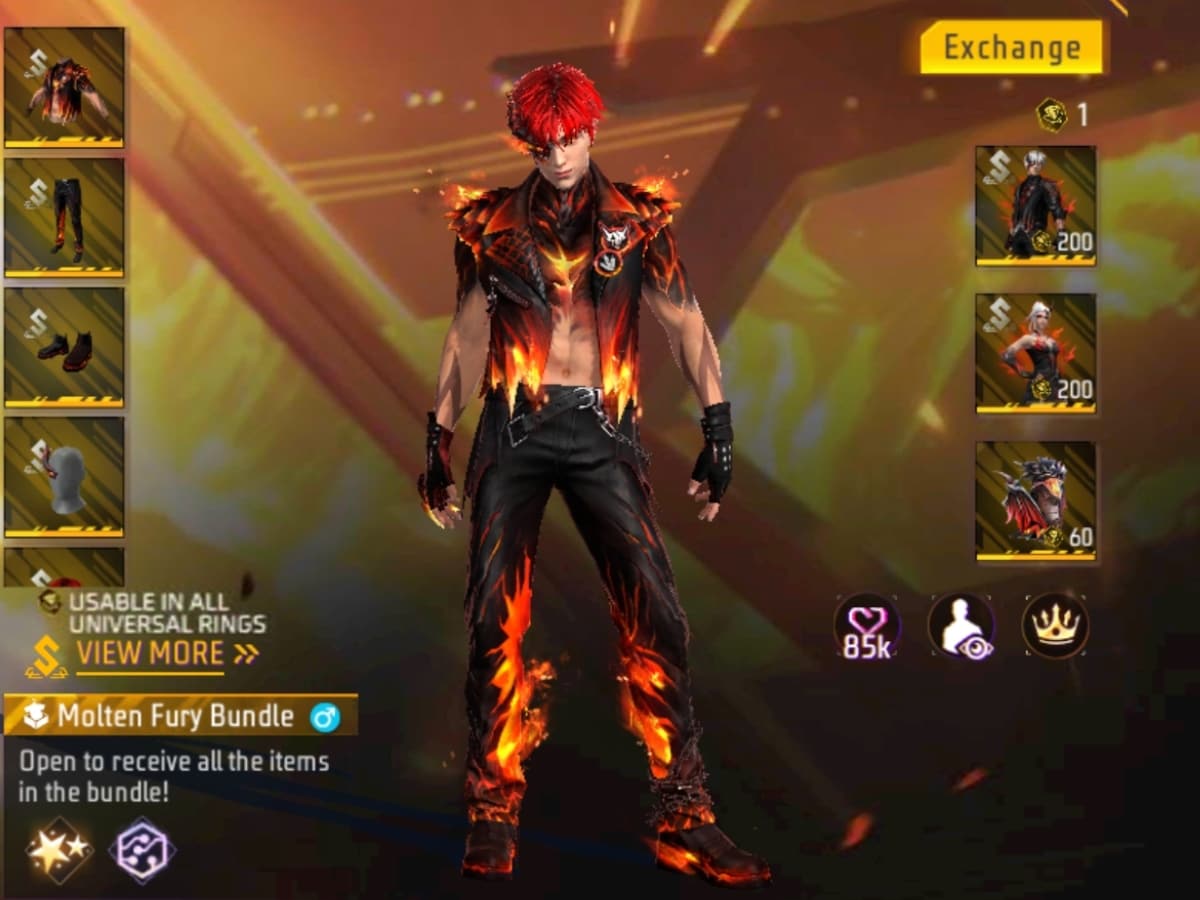Summary
- HDMI 2.2 offers huge bandwidth, but real-world content and hardware aren’t ready for it.
- DisplayPort dominates PC setups; HDMI ports are scarce on GPUs and many monitors.
- Backward compatibility lets 2.2 cables work in older ports—good for TV users and early adopters.
HDMI keeps on trekking, whether we’re ready for it to move on or not. Personally, I’ve just now gotten used to HDMI 2.1, and it feels like technology is finally starting to take advantage of what it can do, but that’s not stopping HDMI 2.2. I’ve been enjoying 4K 120 FPS gaming on my Xbox Series X thanks to HDMI 2.1, although the examples of what’s capable of that are still limited. The reality is that hardware has been holding back the format.
HDMI 2.1 is still plenty good enough for the vast majority of people. The format can hit 4K 120 FPS, and even 240 FPS if you drop the resolution to 1440p or 1080p. It’s a great cable for gaming, and while DisplayPort has practically taken over on PC, it’s not like you’re leaving much on the table by using an HDMI cable. The real issue is how it’s largely been phased out by graphics card manufacturers, and even your monitor is limited on ports these days.
It’s easy to look at the performance that HDMI 2.2 promises, but I have to ask myself – who is it for? I can’t envision much of anything taking advantage of these performance gains for years to come, and when that does happen, I’m afraid that a new format will be on the horizon again.
The future feels limited
Other things need to happen first
While there are some areas that keep advancing, notably gaming, technology is lagging behind in many other areas. Cable TV is still largely broadcasting at 720p or 1080p, and 4K broadcasts are few and far between. A regular HDMI 2.1 cable can handle this, and you can even go further back to a 2.0 or even a 1.4 in many of these cases. You should use an HDMI 2.1 cable for 4K streaming, but it’s not entirely necessary.
It has taken a long time for 4K to become the norm, and while more and more people are buying 4K TVs, not everybody is watching broadcasts in 4K. If you look at how popular the ad-supported Netflix plan is, you’d find that millions of people are perfectly fine with their 1080p streams. You don’t need a modern HDMI cable for that, and I don’t imagine many of those people will be rushing out to grab a 2.2 cable.
It doesn’t feel like streaming TV is making a big enough push toward higher quality to justify the existence of HDMI 2.2. Few things take advantage of HDMI 2.1, and while the ceiling might be getting closer with each passing day, it still feels like we’re years away from it actually happening. I don’t know if cable TV as we know it will even be around by the time 4K streaming becomes the norm. I know 4K TV stations are possible with antennas, but the choices are limited there. With 4K feeling so far away, what demand could there possibly be for 8K or 16K? It feels like those are more buzzwords that prove what HDMI 2.2 could theoretically do more than anything. Nobody is actually going to be watching anything in 16K, but it’s nice to know my cable could handle that, I suppose.
The biggest gains we’ll see from HDMI 2.2 come in gaming, but even then, I’m hesitant about the future. It’s not necessarily HDMI’s fault either, but it more comes down to the hardware. The genie feels very much out of the bottle when it comes to DisplayPort, and there are many people who have sworn off HDMI for good because of it. When most GPUs and monitors you buy today support DisplayPort over HDMI, it practically leaves you with no choice.
HDMI has to gain lost ground back
DisplayPort has become very prominent
A real concern for PC users is that it’s quickly becoming hard to use HDMI for more than just a single monitor. My RTX 3070 Ti, a half-decade-old GPU at this point, has just a single HDMI port compared to three DisplayPort options. This means if I want to use extra monitors, I need to pick up DisplayPort cables. For years, that wasn’t an issue as DisplayPort was arguably better than HDMI, and that’s an argument that can still be made today.
HDMI 2.2 is shaping up to be better than DisplayPort, at least until the next generation of DisplayPort arrives. However, it means manufacturers would have to start putting the HDMI ports back on monitors and GPUs, and I’m not sure if that’s going to happen. PC users have almost been trained to accept DisplayPort as the norm, and I’m sure they’d be annoyed about having to go out and buy new cables.
I’m in a strange situation right now since I use an ultrawide monitor, so I don’t have any extra space for other monitors on my desk. This also means I have a single DisplayPort cable powering it, so it wouldn’t be a matter of me having to go out and replace the cables if I want to swap over to HDMI 2.2 — although it would mean I have to buy a new monitor since it doesn’t even have a port for an HDMI cable. I know everybody isn’t in the same boat as me, but at least it’d be relatively easy for me to swap over to a new format.
If you mostly stick with a TV, then you’re in luck. Despite DisplayPort’s popularity among PC users, TVs have stayed with HDMI. It’ll probably be a long time before TVs start to add HDMI 2.2 ports, but there’s good news on that end. The HDMI format is completely backwards compatible, so your HDMI 2.2 cable will work in a 2.0 port. You won’t get all the speeds offered with HDMI 2.2 that way, but you’ll be able to use your new cable if you become an early adopter. It’s better than nothing, and even if you have to wait years before something finally utilizes the new cable, you’ll be ahead of the curve.











